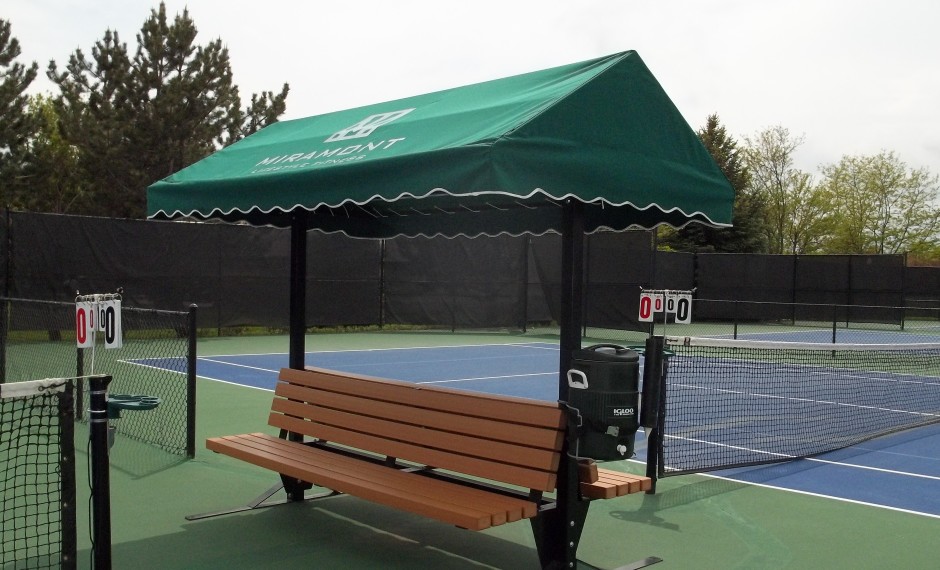Answered step by step
Verified Expert Solution
Question
1 Approved Answer
Overview You work as a C + + and OpenGL. 3 D graphics developer for Triangle & Cube Studios. This company designs 3 D worlds
Overview
You work as a C and OpenGL. D graphics developer for Triangle & Cube Studios. This company designs D worlds for clients and
customizes them based on the varied needs presented by each particular client.
In this professional landscape, the demand for computational graphics and visualizations is continually growing. Your clients may come from
the games industry looking for graphics and animations, the healthcare industry for medical visualizations, the entertainment industry for
computergenerated imagery CGI and visual effects, business industries for D printing to create physical objects for applied realworld
problem solving, and much more. When you are assigned one of these types of projects, you become responsible for writing code in OpenGL to
create objects, apply texture, apply light, render, and control virtual ervironments relative to a virtual camera.
Your current project with Triangle & Cube Studios is to recreate a D version of a D image that you have been given by a client. Your client
will later be D printing this to use as a preliminary concept for their business, so they only need you to create a simple approximation using a
few basic shapes.
This week you will begin recreating the scene by constructing just one object. Note that you will be using the image you selected last
week for this task.
Prompt
Using the image you selected in the Module Two milestone, begin creating a D object to represent one of the objects in your D scene. The
object you create in this milestone will need to be made from two or more primitive D shapes. You will complete your work in Visual Studio.
Be sure to work from a project file that has the libraries set up correctly from your work in Module One.
Specifically, you must address the following rubric criteria:
Create a complex D object using at least two primitive shapes. The object you create should be reflective of one object from your D
scene. At this stage of your object's creation, you should add different colors to each vertex of the object. This will help you better visualize
the variance between the different parts of the shapes you are creating. Note that the code you already have uses rainbow colors on the
shapes that are provided; if you use this code you may keep that rainbow format. Remember, the shapes you may wish to use are as follows:
Cube
Cylinder
Plane
Pyramid
Sphere
Torus
Apply transformations so shapes are scaled, rotated, and translated placed correctly. This work should be relevant for the D reference
image. For example, if you are working with a cylinder, should it be standing up or lying on its side, based on the image you are referencing?
If you are also creating a cube, where should it be placed relative to the cylinder? What sizes are the two objects when compared to each
other? It will be easier if you complete these transformations in the right order for your specific object. In general, you will wish to first
scale, then rotate, and then translate. While this is not always the case, that is the most likely order for your process to follow.
Create code that follows a logical flow without syntax errors. The code you create needs to be evecutable and all the code that is included
will have to be reached by the execution. Note that not everything should be written in a single function and your work should be well
modularized.
Apply coding best practices in your creations. Pay particular attention to the way you format and comment your code. Program code
should be easy to read and follow industry standard code formatting practices, such as indentation and spacing. Commenting best
practices should be in place to ensure the source code is briefly and clearly explained using descriptive comments.
I need help creating code for this assigment and for an elongated pyramid

Step by Step Solution
There are 3 Steps involved in it
Step: 1

Get Instant Access to Expert-Tailored Solutions
See step-by-step solutions with expert insights and AI powered tools for academic success
Step: 2

Step: 3

Ace Your Homework with AI
Get the answers you need in no time with our AI-driven, step-by-step assistance
Get Started


